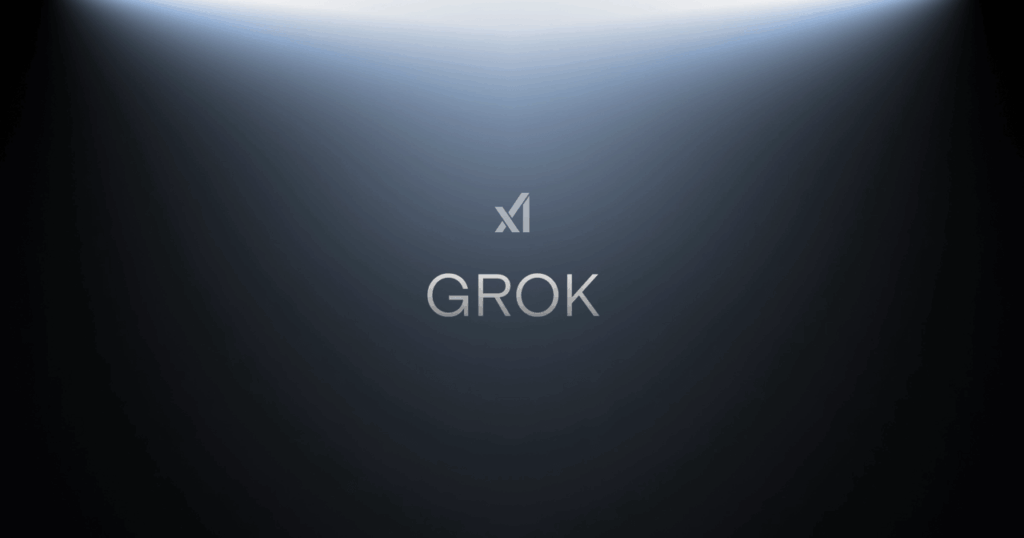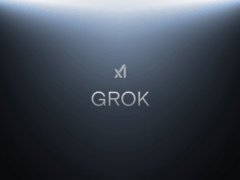Grok is a series of large language models developed by xAI, a research laboratory founded in 2023 by Elon Musk, along with co-founders including Greg Brockman (former CEO of OpenAI), Ilya Sutskever (former CTO of OpenAI), and others. xAI’s mission is to advance artificial intelligence while prioritizing safety, transparency, and alignment with human values. Grok was built on the foundation of Meta’s LLaMA (Large Language Model Meta Adapted) series, which xAI acquired the rights to use after Meta restricted access to its open-source models. The first version, Grok-1, was launched in 2023, followed by Grok-2 (2024) and Grok-3 (planned for 2025). Grok is known for its strong performance in reasoning, coding, and real-time data integration via X (formerly Twitter).
Key Features:
- Advanced Reasoning and Code Generation:
- Excels at complex problem-solving, mathematical reasoning, and writing code in multiple programming languages.
- Example: “Debug this Python script” or “Explain the concept of quantum computing in simple terms.”
- Real-Time Data Access via X (Twitter):
- Grok can access live data from X (Twitter) to provide up-to-date information on current events, trends, and user-generated content.
- Example: “What’s the latest news about AI regulations in the EU?” or “Summarize today’s top tweets about climate change.”
- Integration with X (Twitter):
- Users can interact with Grok directly through X, enabling seamless conversations, content creation, and data retrieval.
- Example: “Tweet a summary of today’s stock market trends using Grok’s analysis.”
- Multilingual Support:
- Understands and generates text in over 100 languages, tailored for global users.
- Customization via Prompt Engineering:
- Adaptable to specific tasks by structuring prompts (e.g., “Write a persuasive essay on renewable energy in a formal tone”).
Use Cases:
- Content Creation: Drafting articles, social media posts, or creative writing.
- Data Analysis: Summarizing reports, generating insights from text, or organizing data.
- Programming: Writing code, debugging, or explaining algorithms.
- Real-Time Insights: Providing up-to-date information on current events, trends, or user-generated content via X.
- Education: Explaining complex concepts, language learning, or homework assistance.
Strengths:
- Strong Reasoning Capabilities: Outperforms many competitors in logical and mathematical tasks.
- Real-Time Data Access: Unique advantage via X integration for current information.
- Open-Source Foundations: Built on LLaMA, allowing flexibility for customization and research.
- Enterprise-Focused: xAI offers premium versions for businesses, emphasizing security and scalability.
Limitations:
- No Free Tier: Unlike ChatGPT, Grok requires a paid subscription (e.g., X Premium) for full access.
- Ethical Concerns: Critics highlight risks of misuse, misinformation, or overreliance on real-time data from X.
- Technical Constraints: Still evolving, with potential gaps in niche domains or specialized tasks.
Conclusion:
Grok represents a bold step in AI development, combining advanced reasoning, coding skills, and real-time data access via X. Its roots in LLaMA and Elon Musk’s vision for responsible AI position it as a unique player in the market. While it excels in areas like code generation and current-event analysis, users must balance its capabilities with critical thinking and ethical considerations. For those seeking cutting-edge AI tools with real-time insights, Grok is a powerful choice—but its success will depend on continuous refinement, transparency, and alignment with societal needs. Always verify outputs, especially when relying on real-time data, to ensure accuracy and responsible use.


